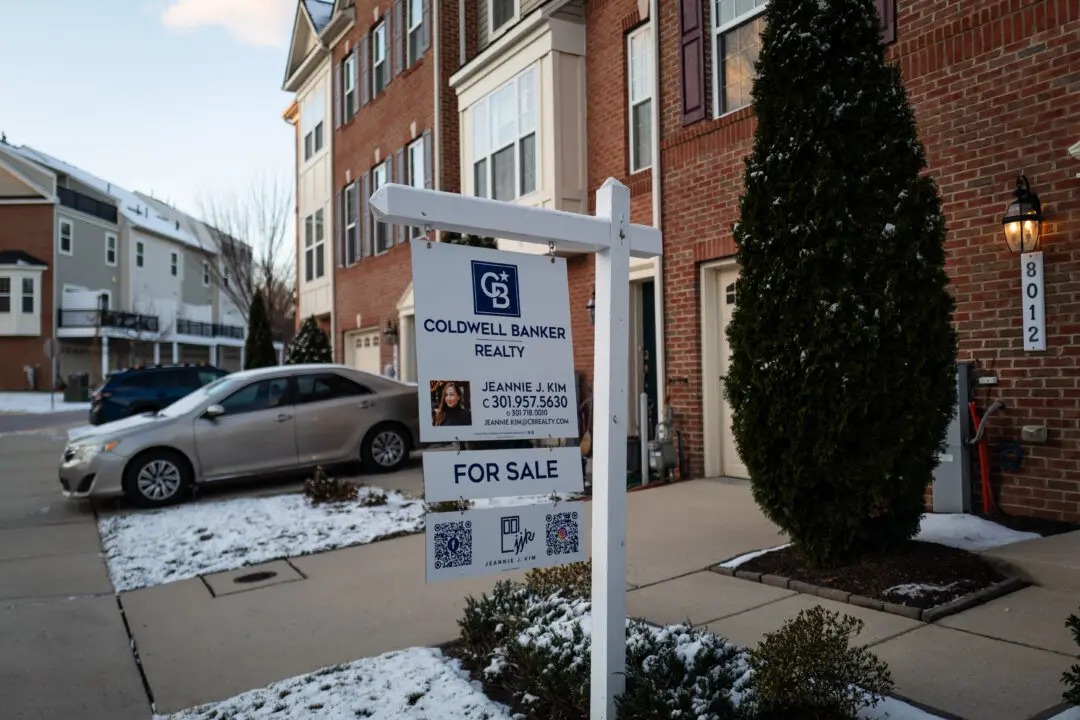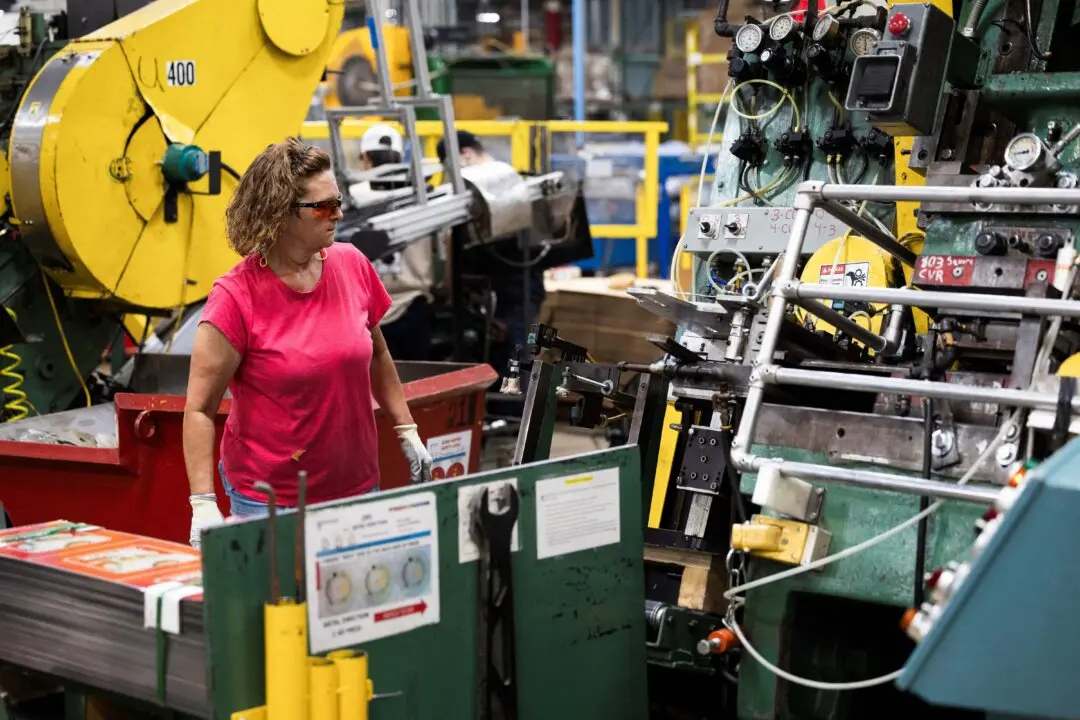The Federal Reserve should raise interest rates above 3 percent by the end of 2022, St. Louis Fed Bank President James Bullard says.
Bullard, who was the lone dissenting vote during last week’s much-anticipated Federal Open Market Committee (FOMC) policy meeting, argued that the central bank isn’t doing enough to fight inflation, which is at a 40-year high. That, he notes, could risk the institution’s credibility and threaten the post-pandemic economic recovery.





